Publications

Nigeria Economic Update (Issue 16)
Recently released World Economic Outlook by the International Monetary Fund (IMF) projects economic activities to increase significantly in developing countries- especially Nigeria. Annual real output is expected to grow by…
Download ↓ Read →
Nigeria Economic Update (Issue 17)
Activities in the manufacturing sector remained at levels recorded in 2016Q3. Specifically, manufacturing capacity utilization (a measure of potential manufacturing output that is actually realized) remained at 48.46 percent in…
Download ↓ Read →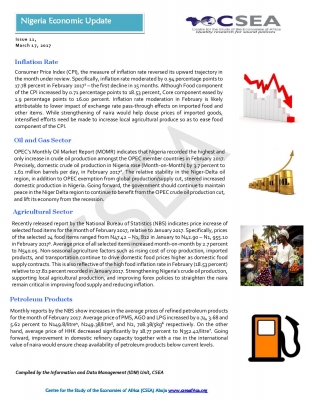
Nigeria Economic Update (Issue 11)
Recently released report by the National Bureau of Statistics (NBS) indicates price increase of selected food items for the month of February 2017, relative to January 2017. Specifically, prices of…
Download ↓ Read →
Nigeria Economic Update (Issue 10)
Nigerias external reserve rose to its 19-month high in the week under review (March 3, 2017 to March 10, 2017). Precisely, the reserve improved by a daily average-percentage-increase of 0.21…
Download ↓ Read →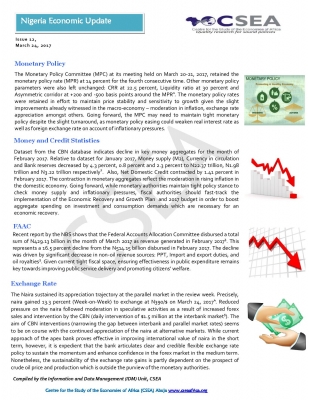
Nigeria Economic Update (Issue 12)
The Naira sustained its appreciation trajectory at the parallel market in the review week. Precisely, naira gained 13.3 percent (Week-on-Week) to exchange at N390/$ on March 24, 2017. Reduced pressure…
Download ↓ Read →
Africa Economic Update (Issue 2)
Business activities in Africa slightly improved in February 2017 albeit at a slow rate. Sales Managers Index (SMI) for Africa an assessment of business condition in Pan-African Economy increased by…
Download ↓ Read →
Nigeria Economic Update (Issue 13)
OPEC basket price increased (Week-on-Week) by 1.6 percent to $49.45 per barrel on March 31, 2017- the first increase recorded in three weeks. Also, Bonny light rose by 4.7 percent…
Download ↓ Read →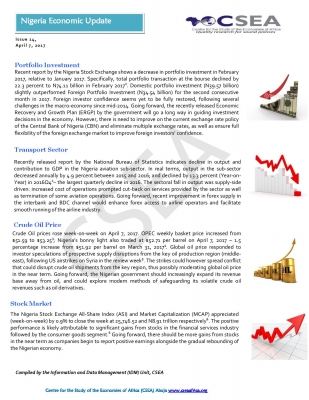
Nigeria Economic Update (Issue 14)
Recently released report by the National Bureau of Statistics indicates decline in output and contribution to GDP in the Nigeria aviation sub-sector. In real terms, output in the sub-sector decreased…
Download ↓ Read →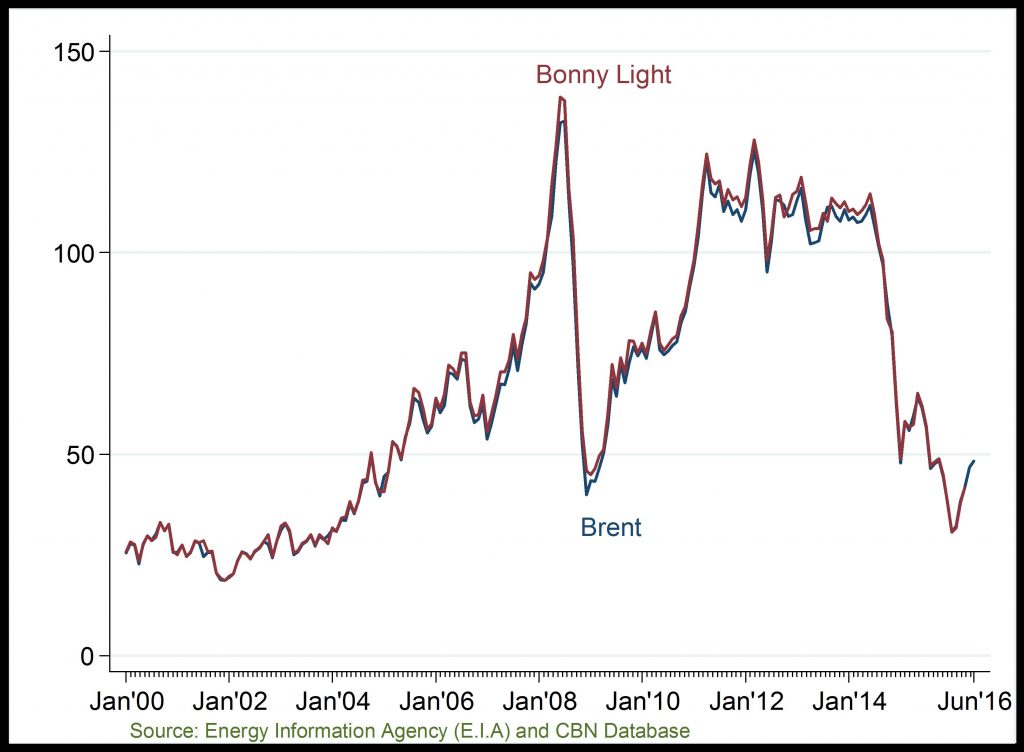
Crude Oil Price
Crude Oil Price: Crude oil price attained a historical low of $30.7 in January 2016 largely due to excess global oil supply. Crude Oil Production and Export: Oil production has…
Read →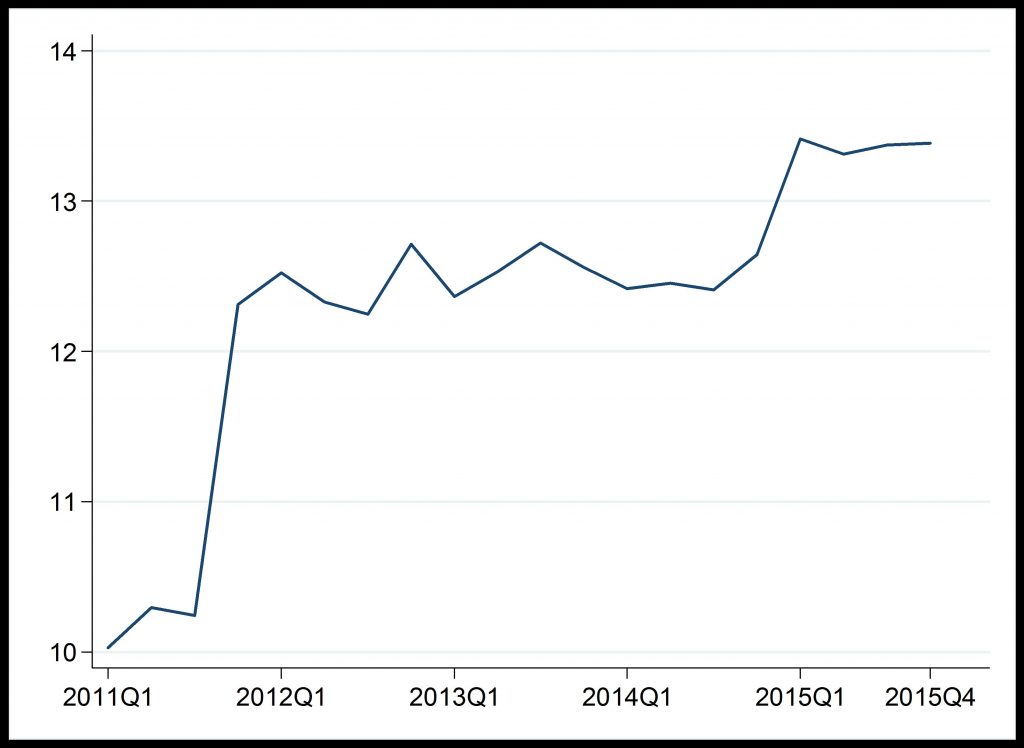
Public Debt-to-GDP Ratio
Public Debt-to-GDP Ratio: The ratio of Nigerias cumulative government debt to national GDP has maintained an upward trend indicating the countrys declining economic productivity and ability to repay
Read →
All-Share Index And Market Capitalization
All-Share Index: In 2016Q1, the decline in ASI was driven by declines in Banking, Insurance, Consumer goods, Oil/Gas, Lotus Islamic, Industrial, AseM, Pension and Premium NSE indices. However, the ASI
Read →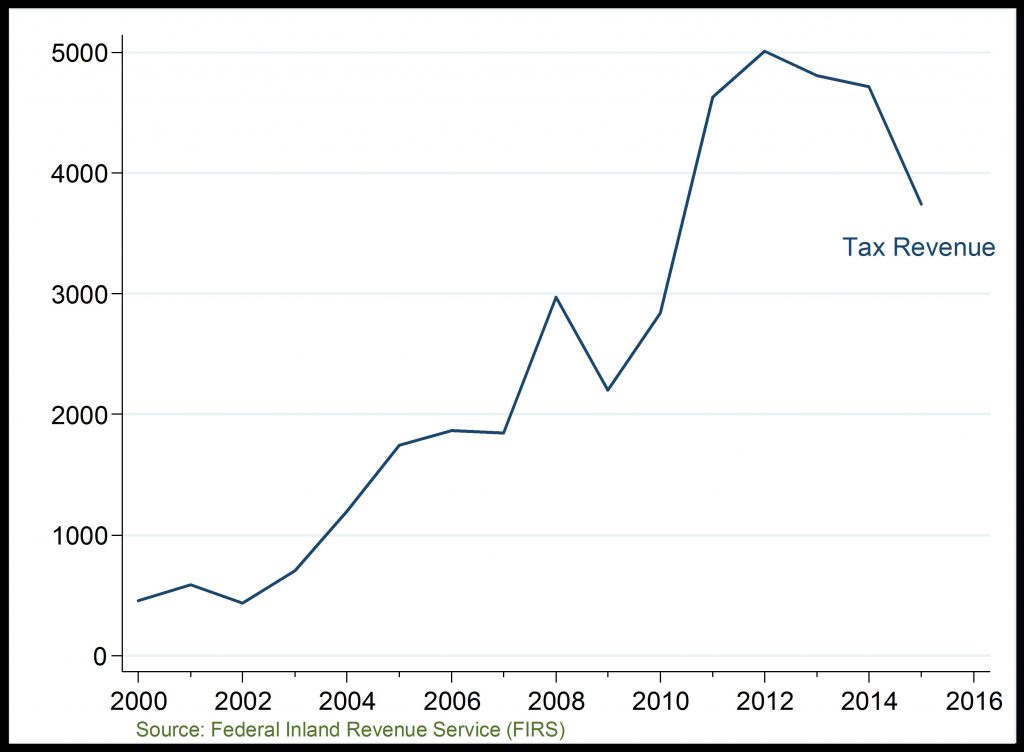
Tax Collected
Tax Collected: Tax revenue which has relatively maintained an upward trend, fell considerably in 2015 and dipped significantly in early 2016 on the account of economic downturn, as many businesses…
Read →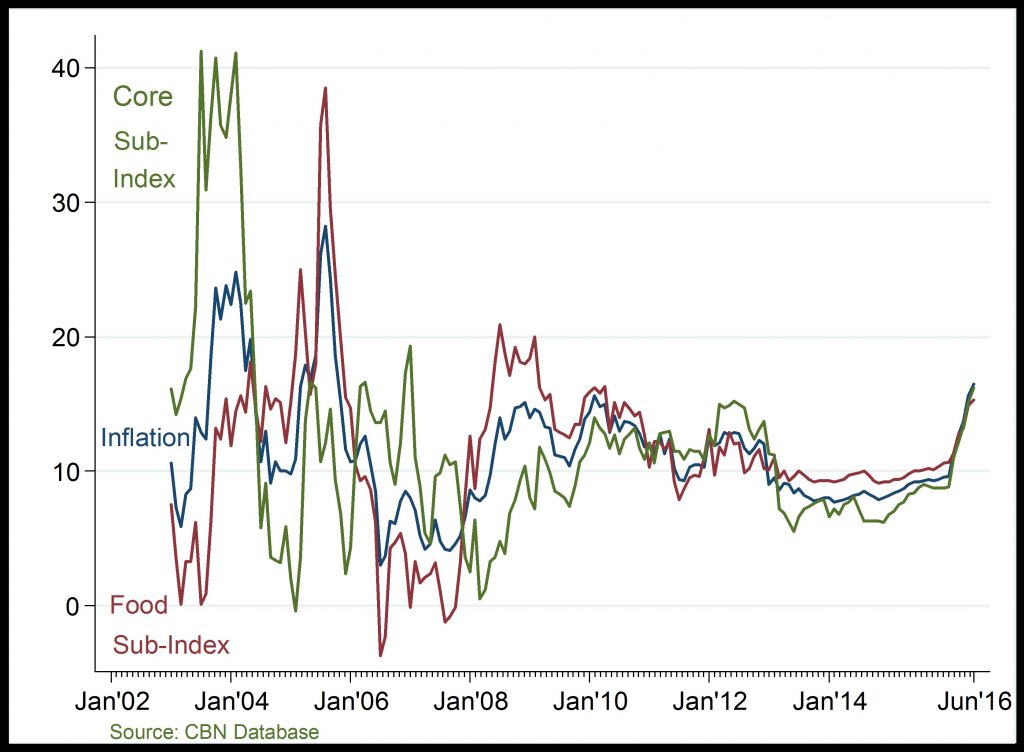
CPI And Its Component And Premium Motor Spirit
CPI and its Component: Changes in inflation rate has mostly been driven by the Core sub-index component. Precisely, in 2016 Q1 and Q2, the rising cost of import, electricity and…
Read →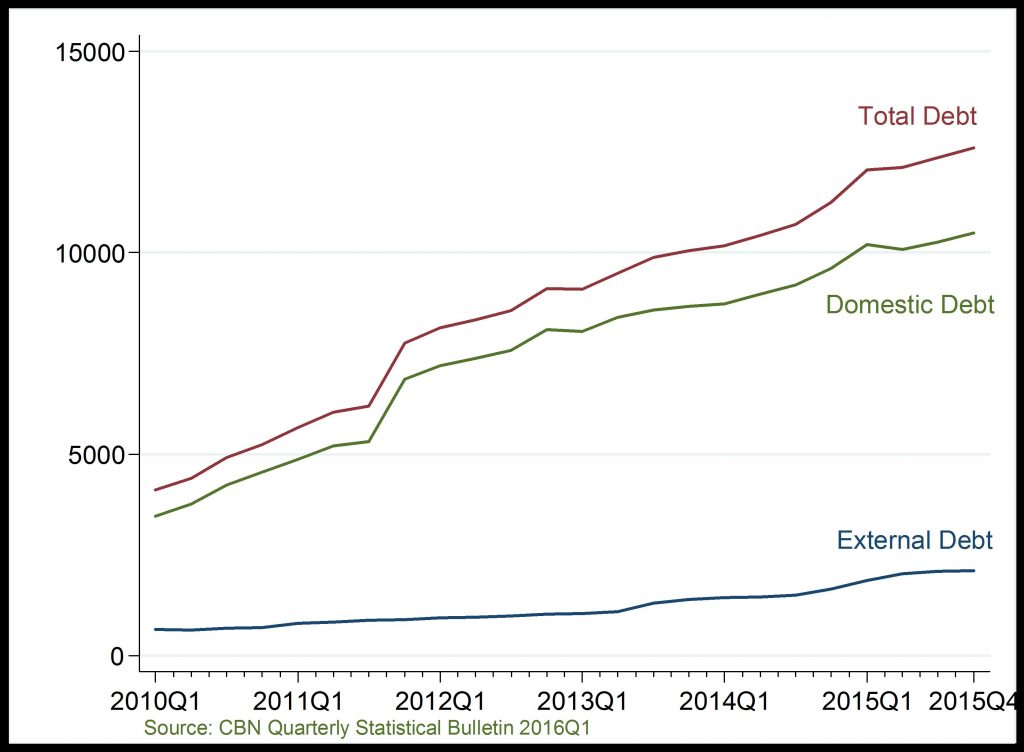
Public Debt Stock And Debt Servicing
Public Debt Stock and Debt Servicing: Public debt stock has steadily increased overtime; reaching over N12, 000 billion naira by 2015Q4. With the persistent fall in crude oil price and…
Read →
91-Day Treasury Bills
91-Day Treasury Bills: T-bill rate has highly fluctuated overtime on the account of the rise and fall in investor confidence, monetary policy easing/tightening, governments demand for funds, and infl
Read →
Capital Importation And Gross Domestic Product Growth Rate And Contribution To GDP (Construction Sector)
Capital Importation: Capital expenditure into the construction sector remained above 10 percent since 2005 until 2015. Similar to the manufacturing sector, overall capital imported into the constructi
Read →